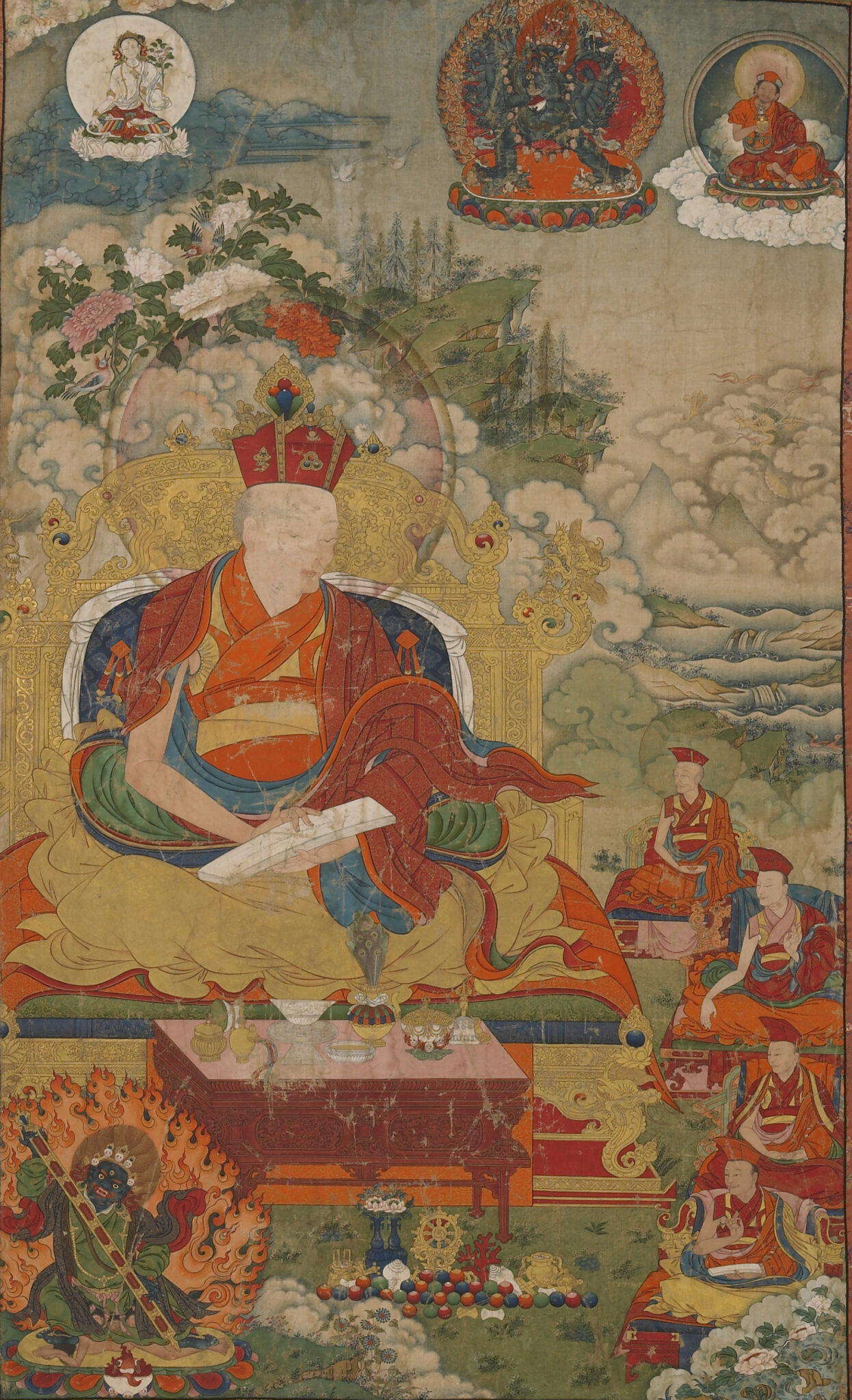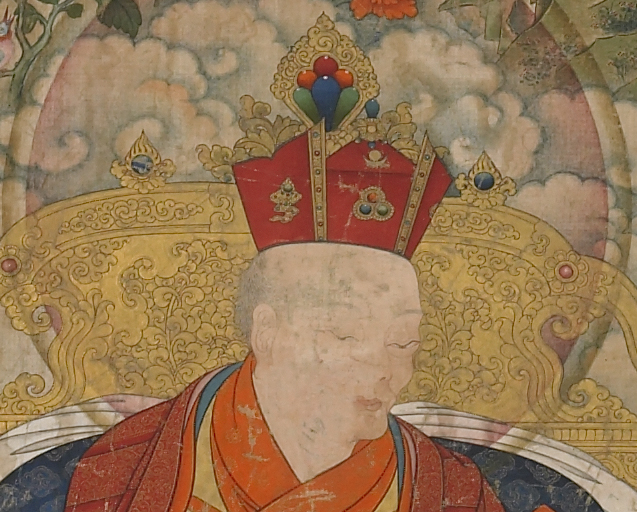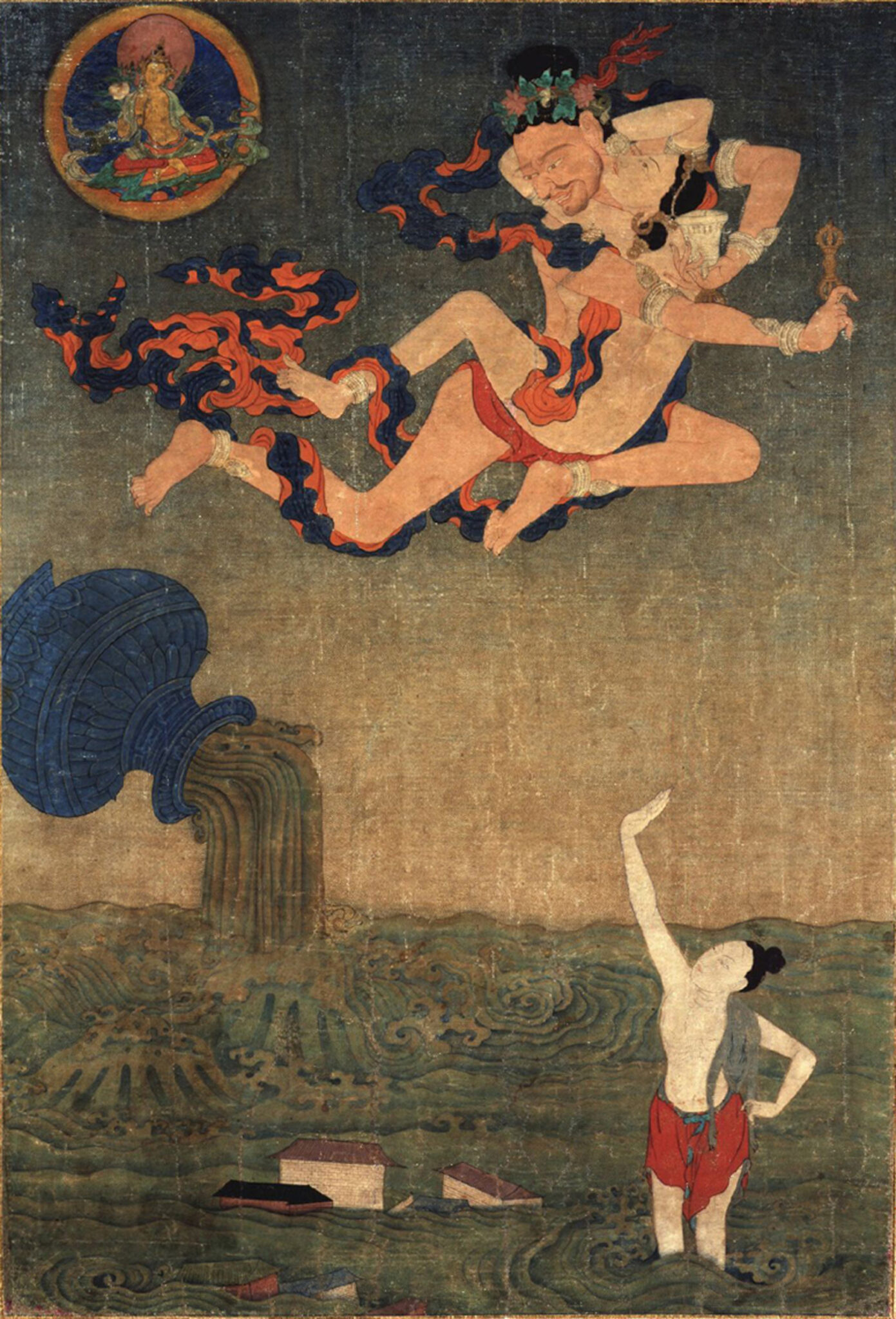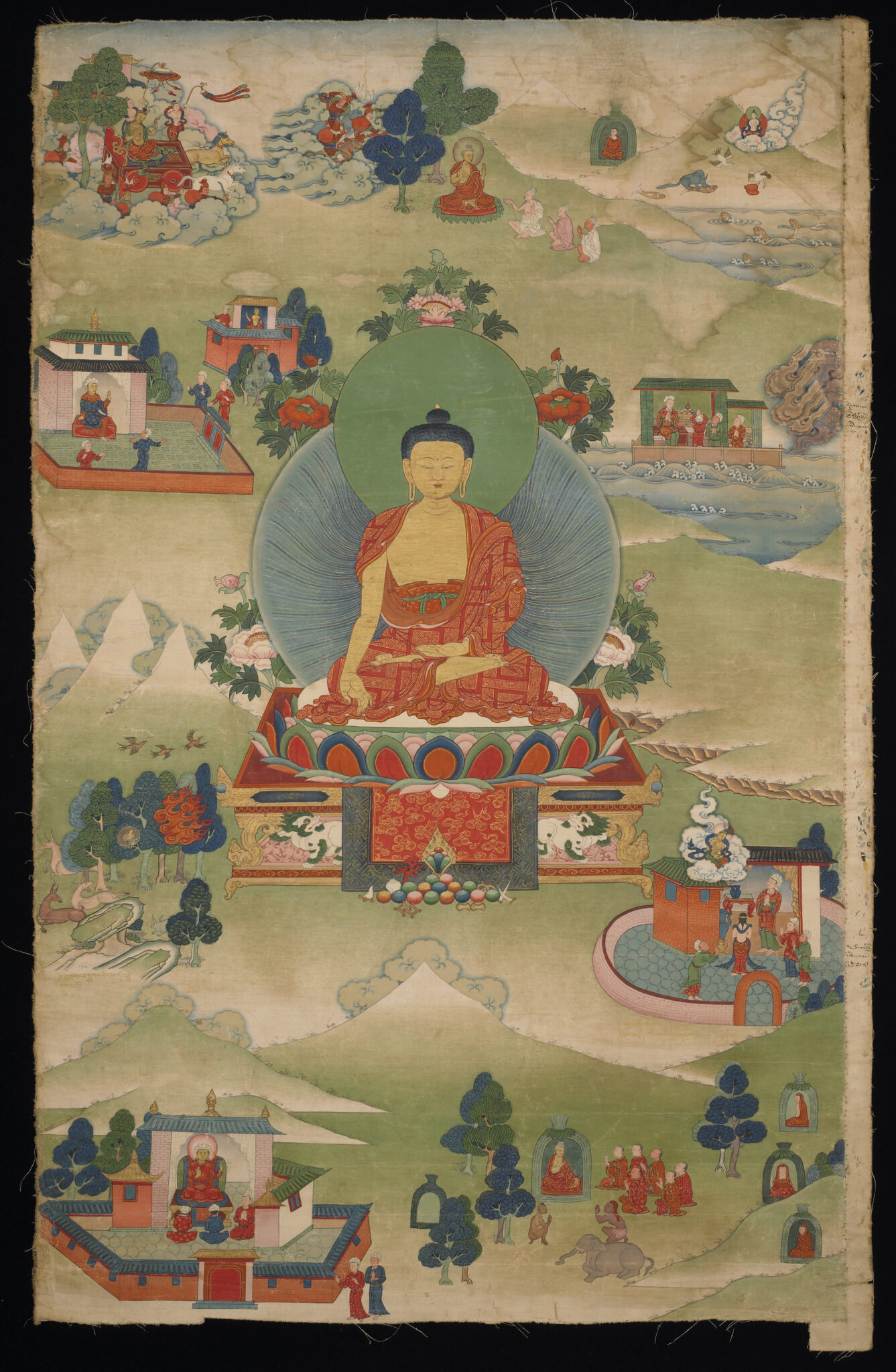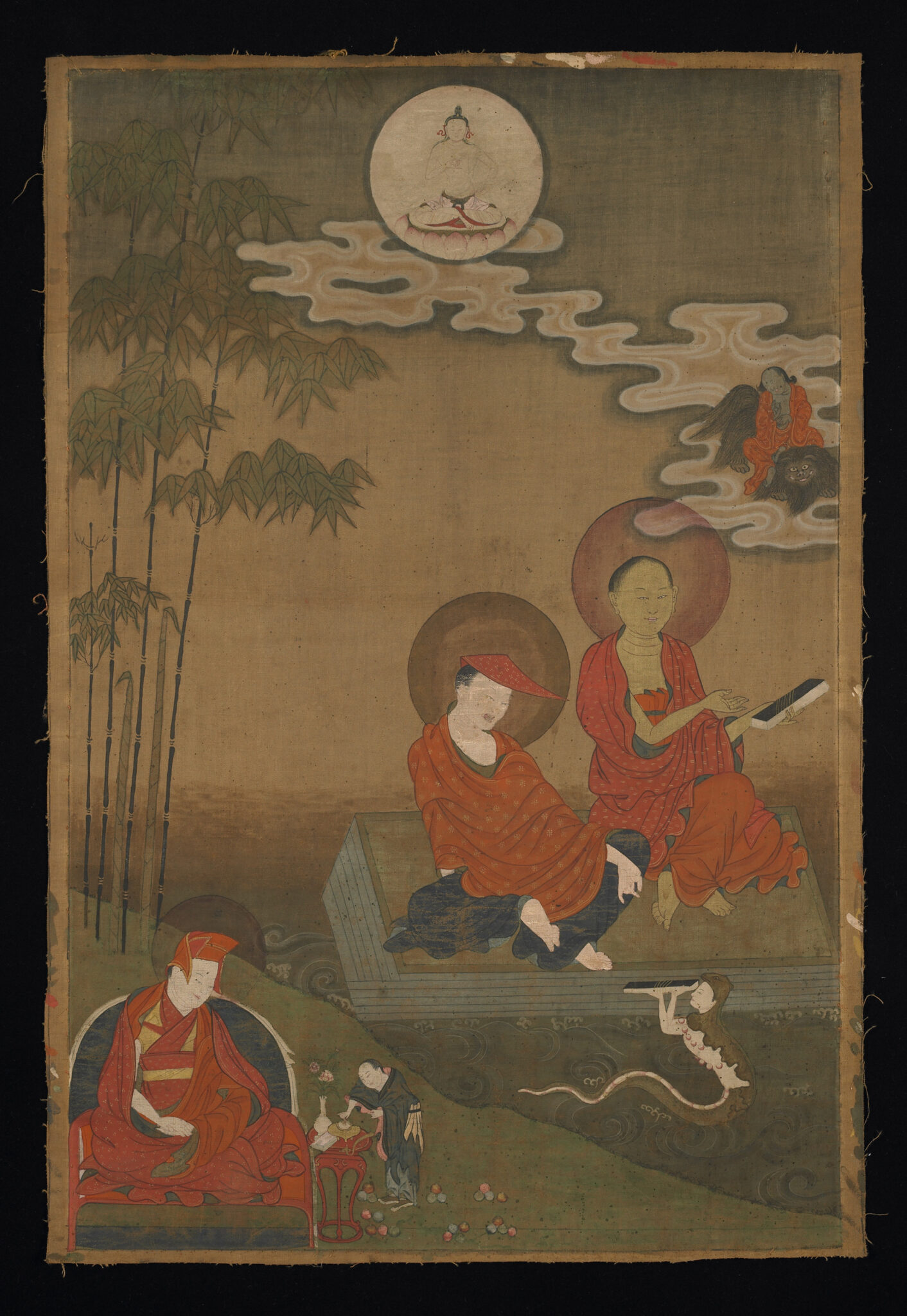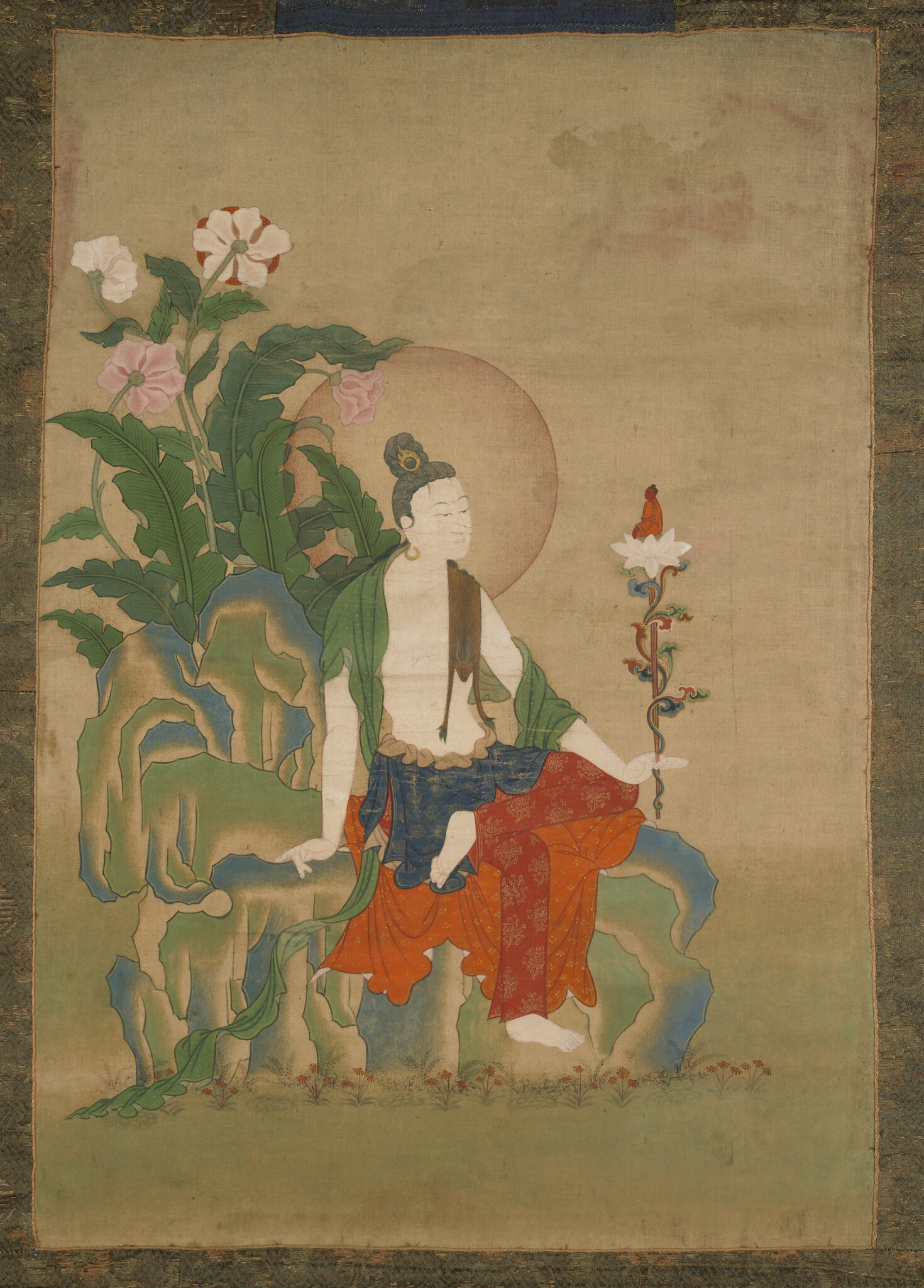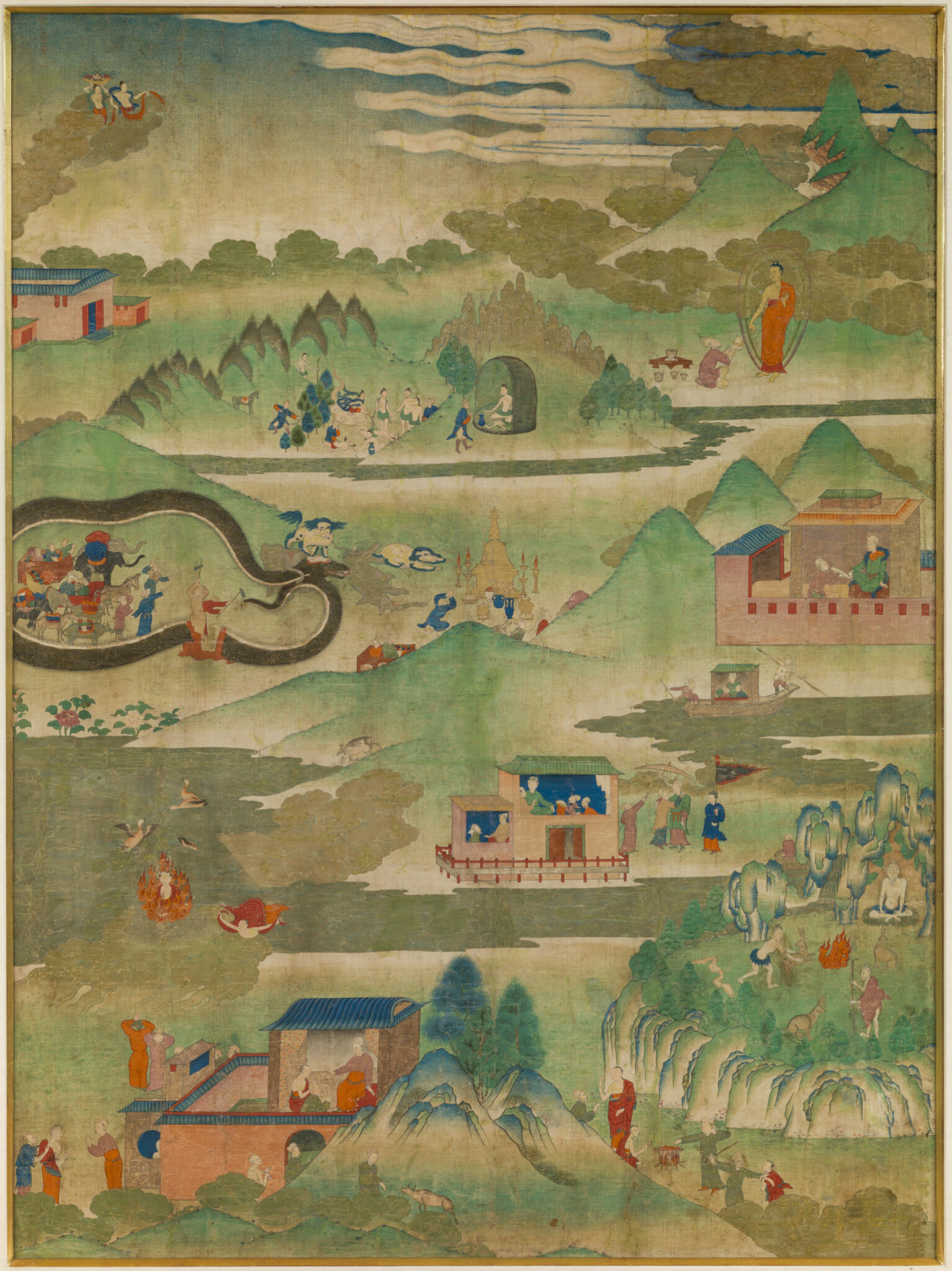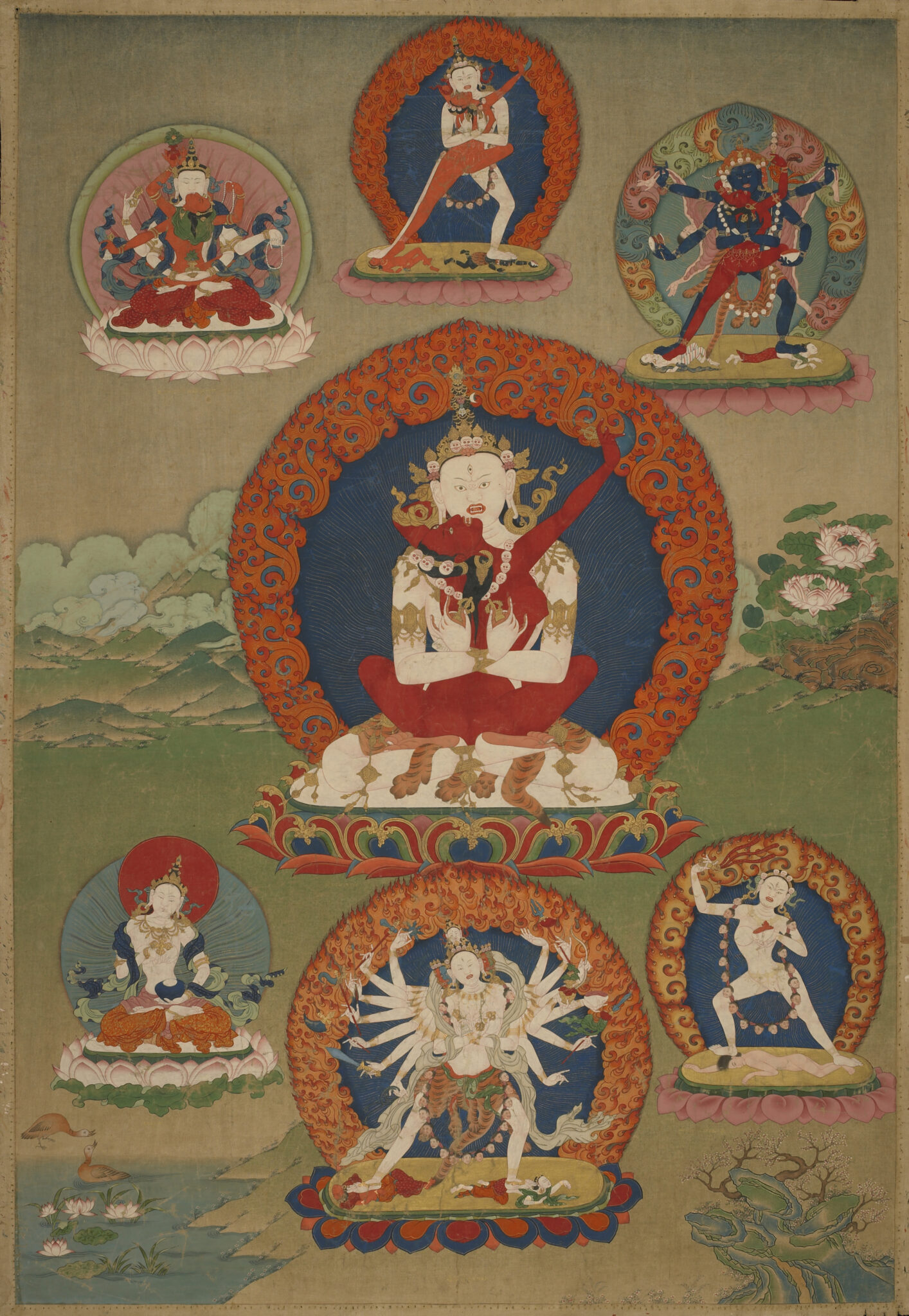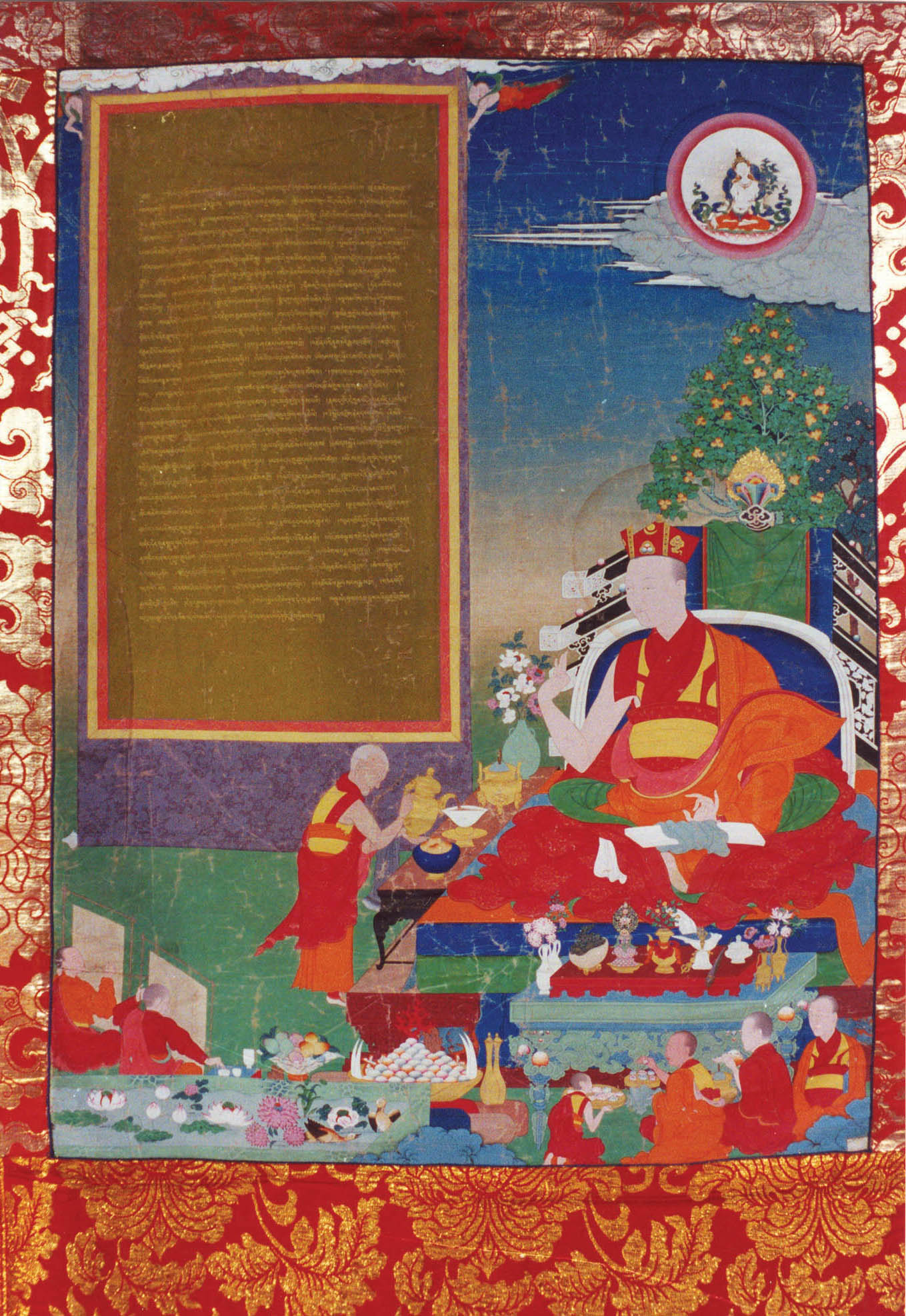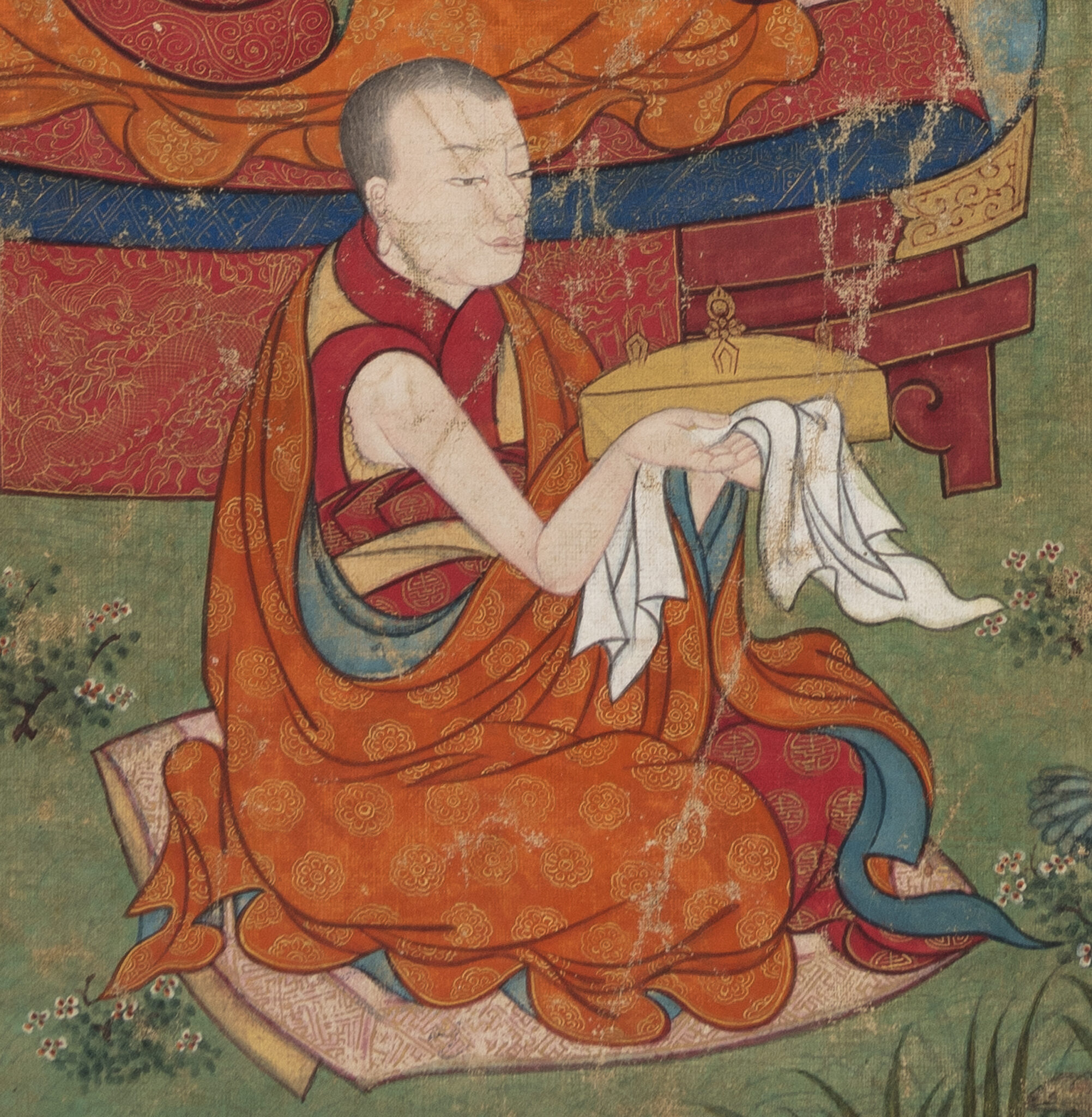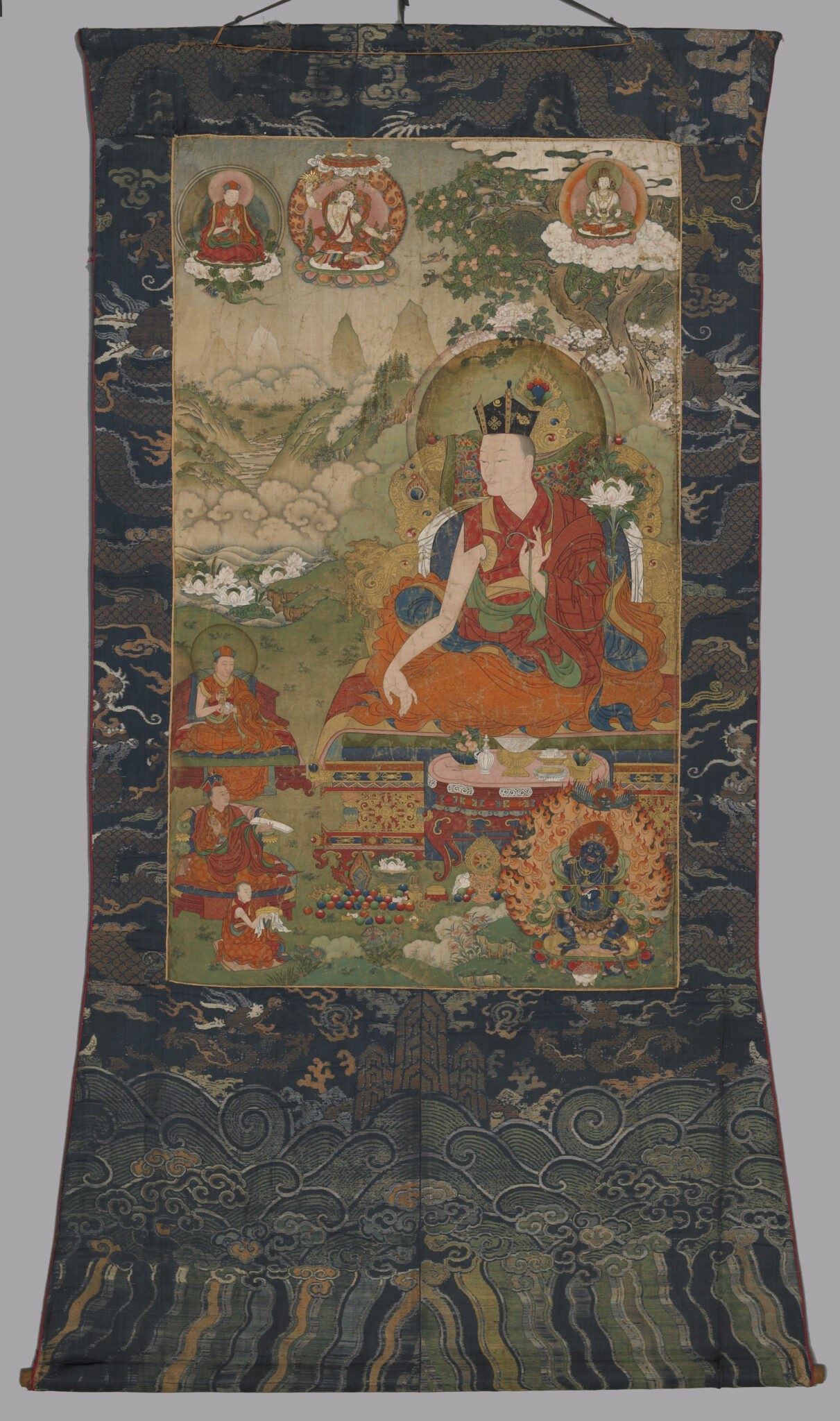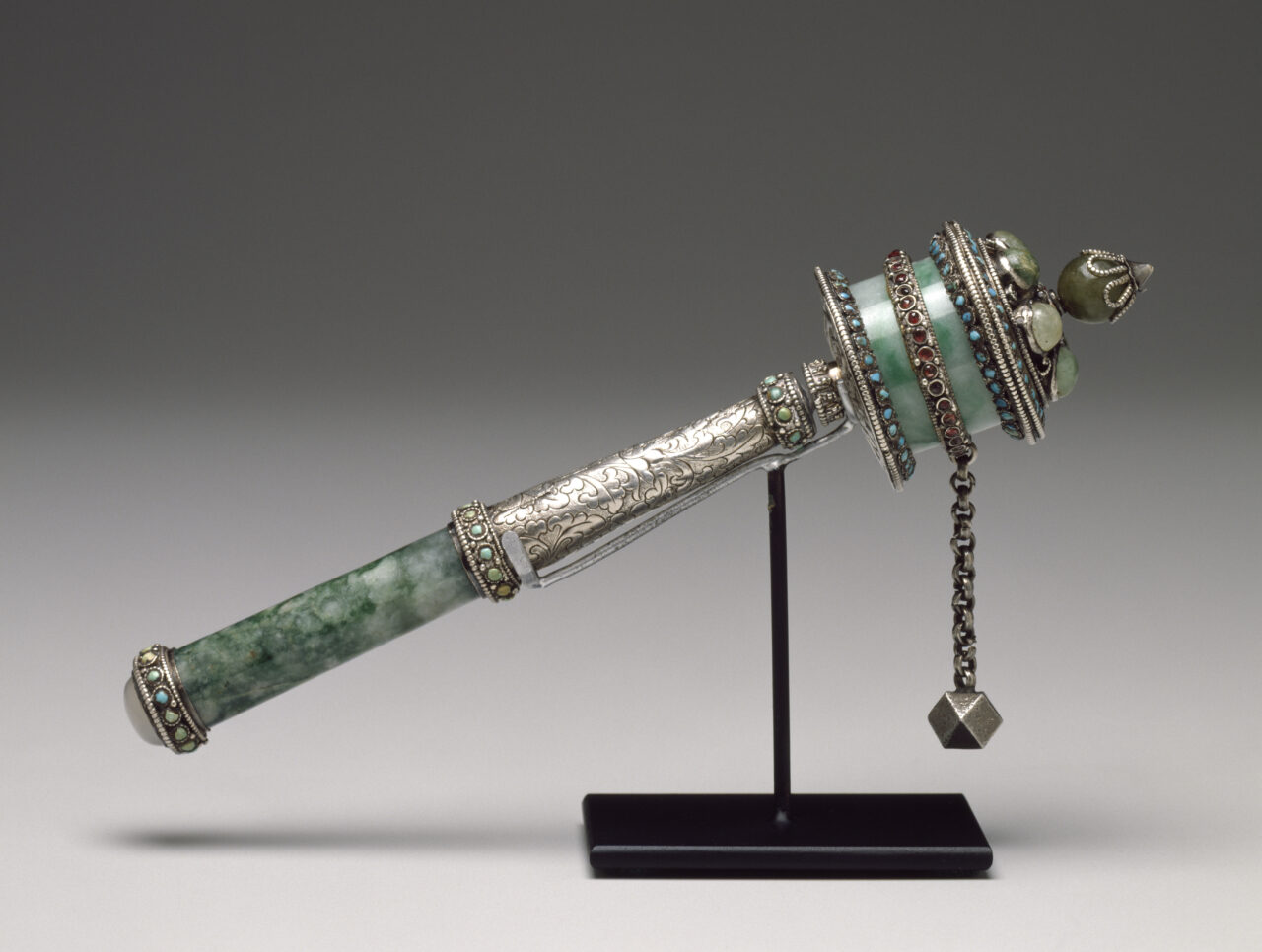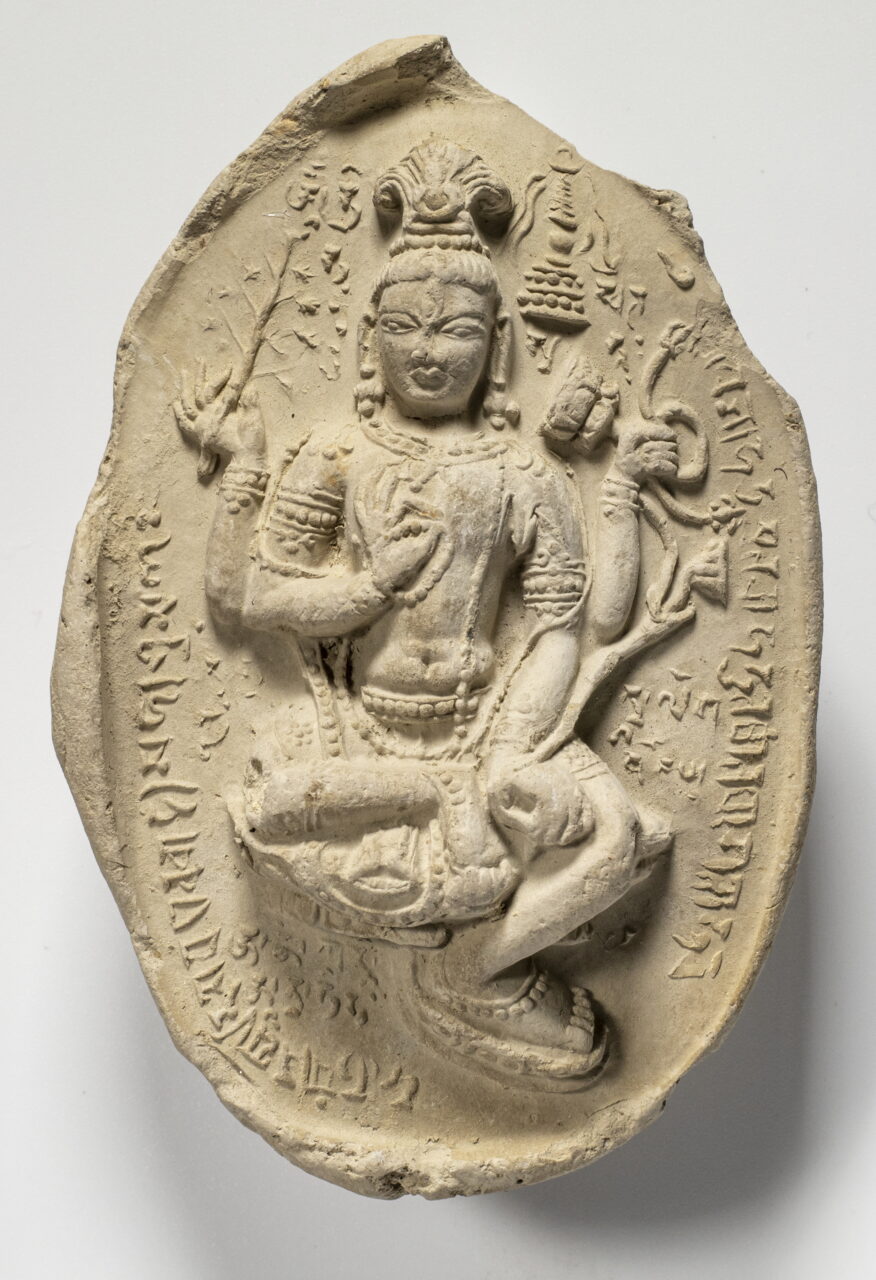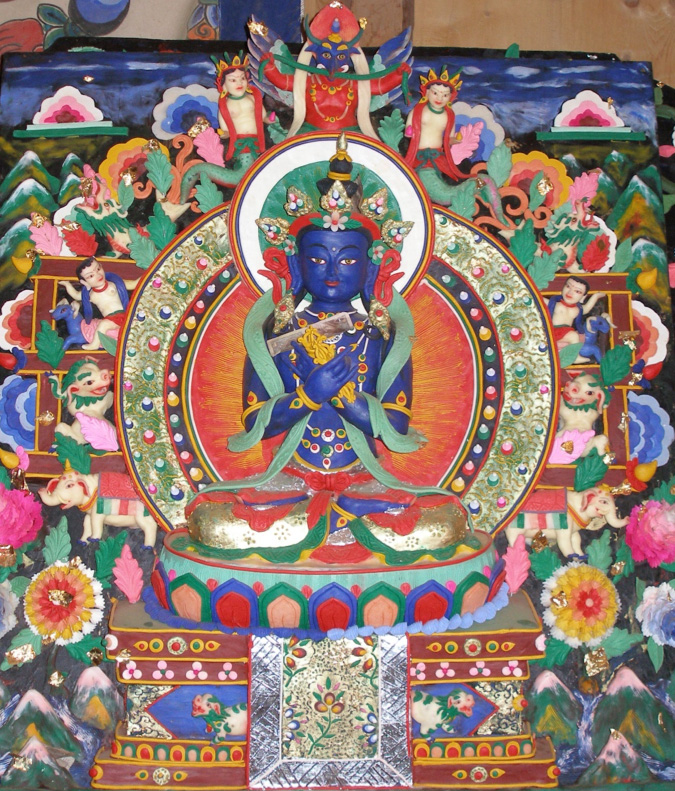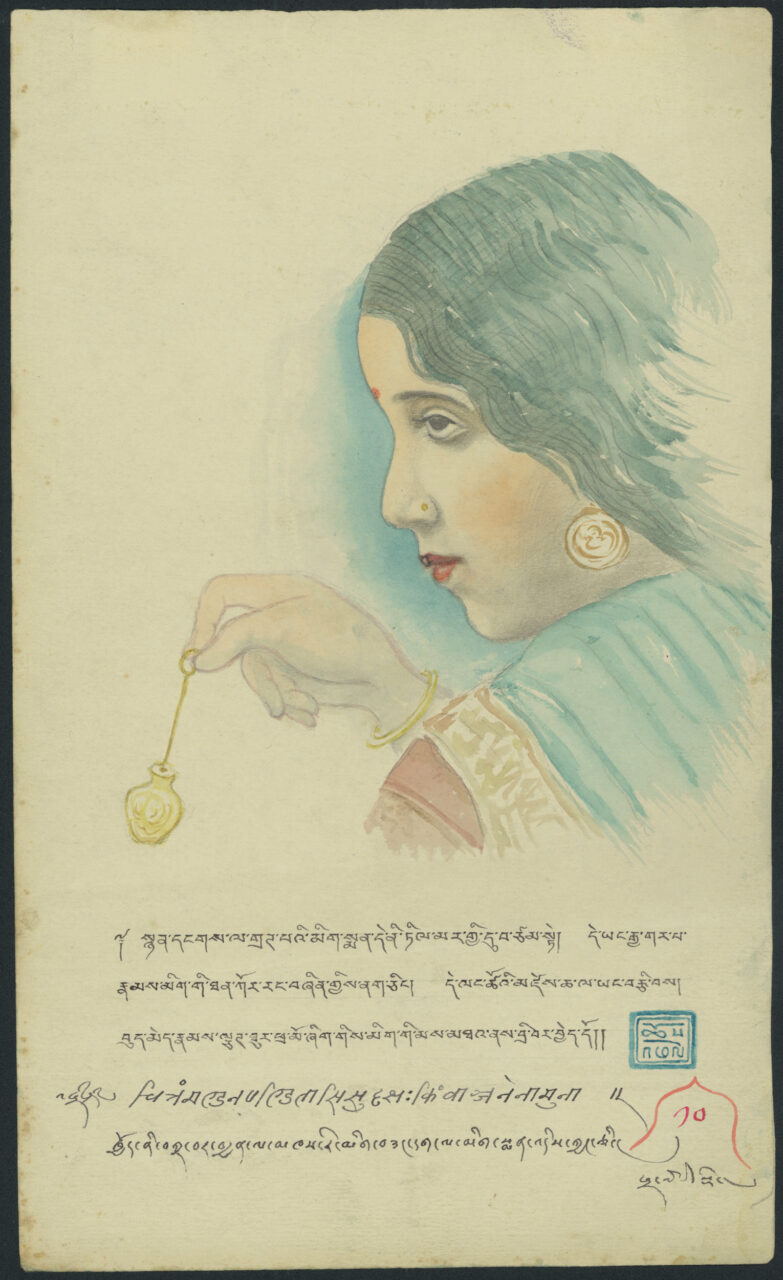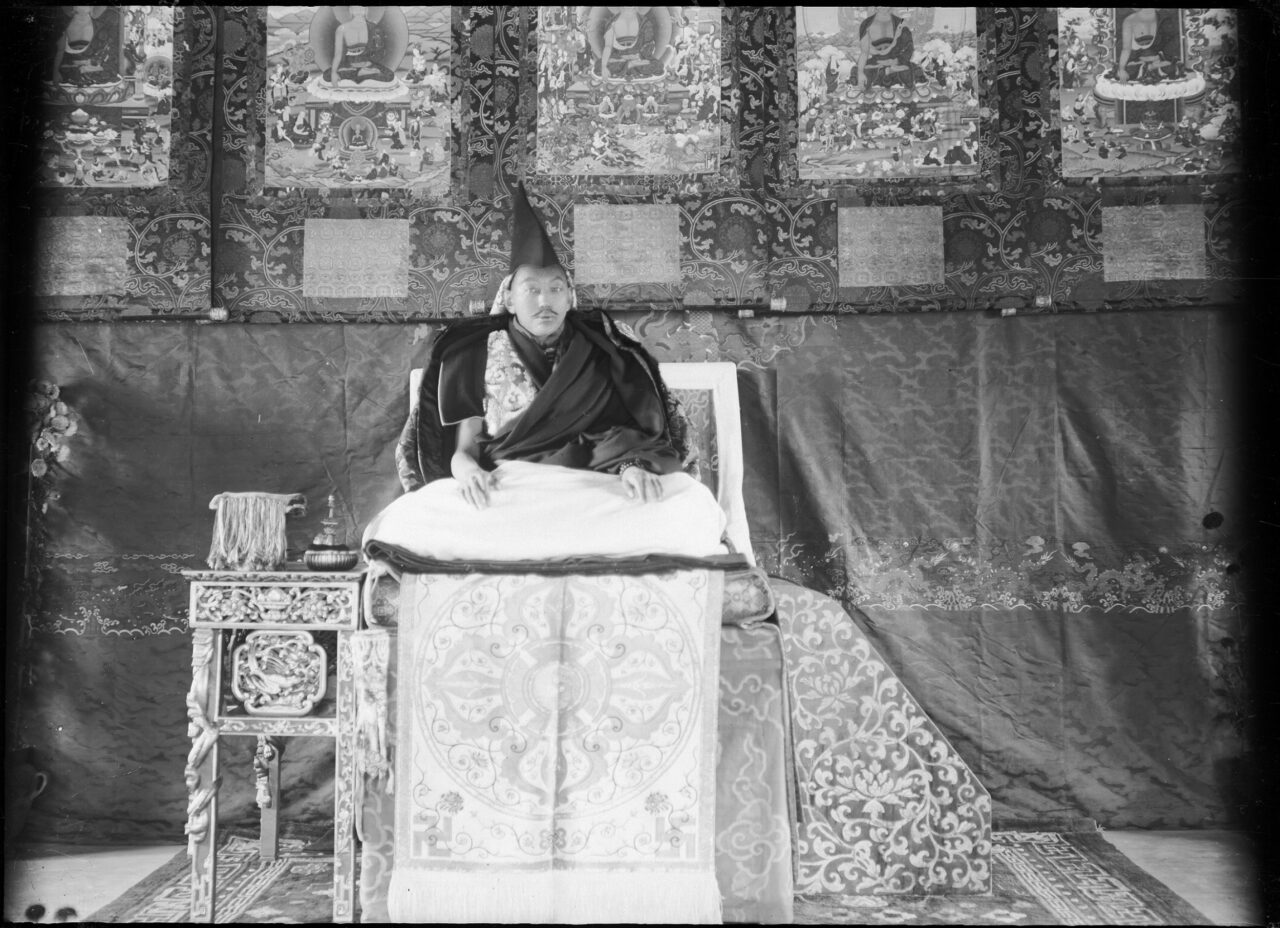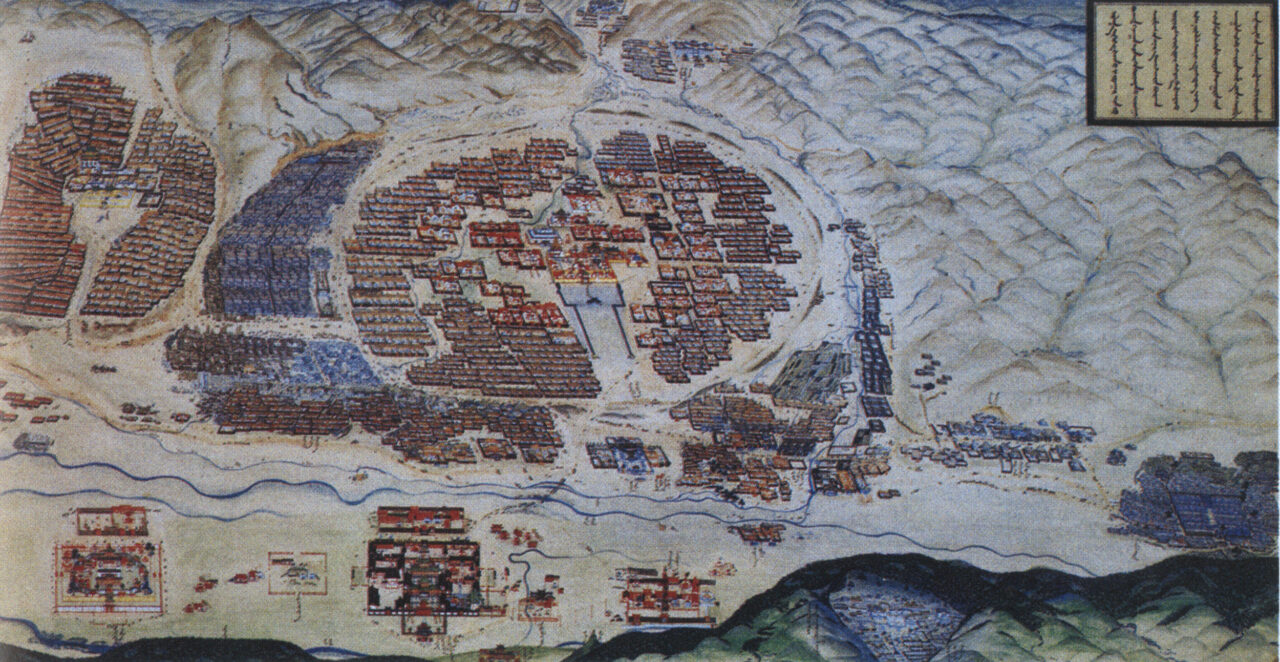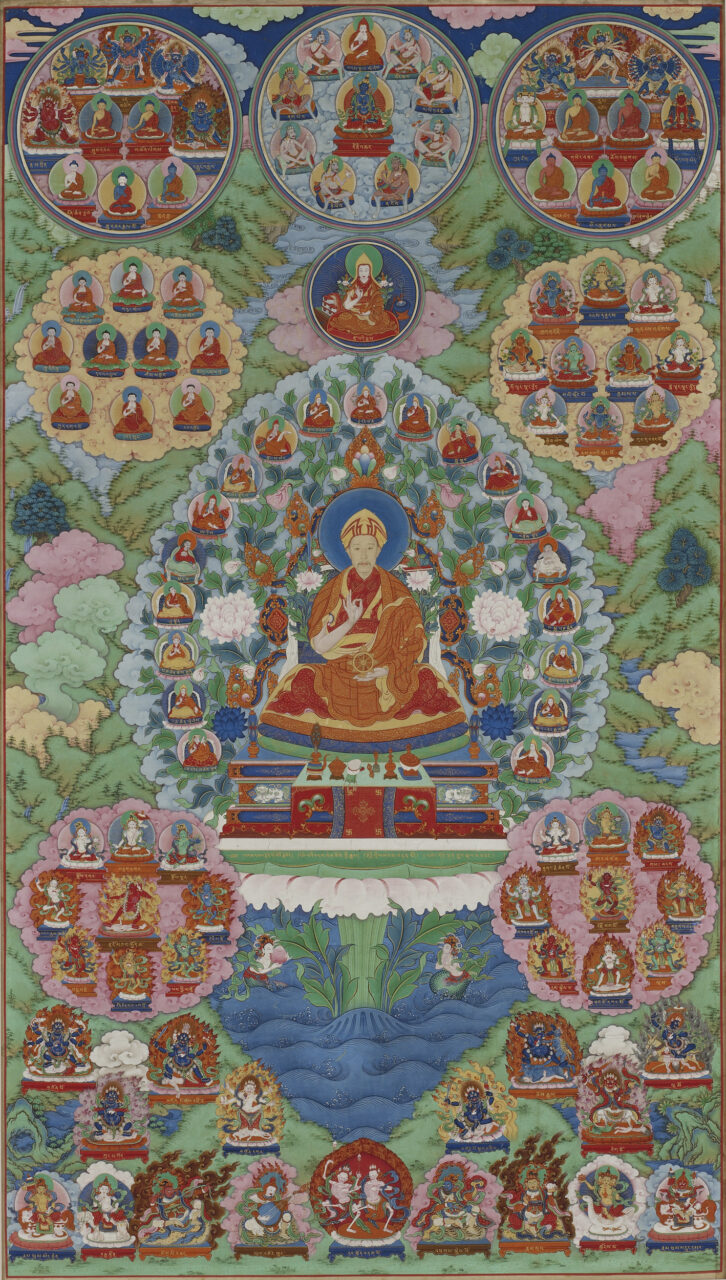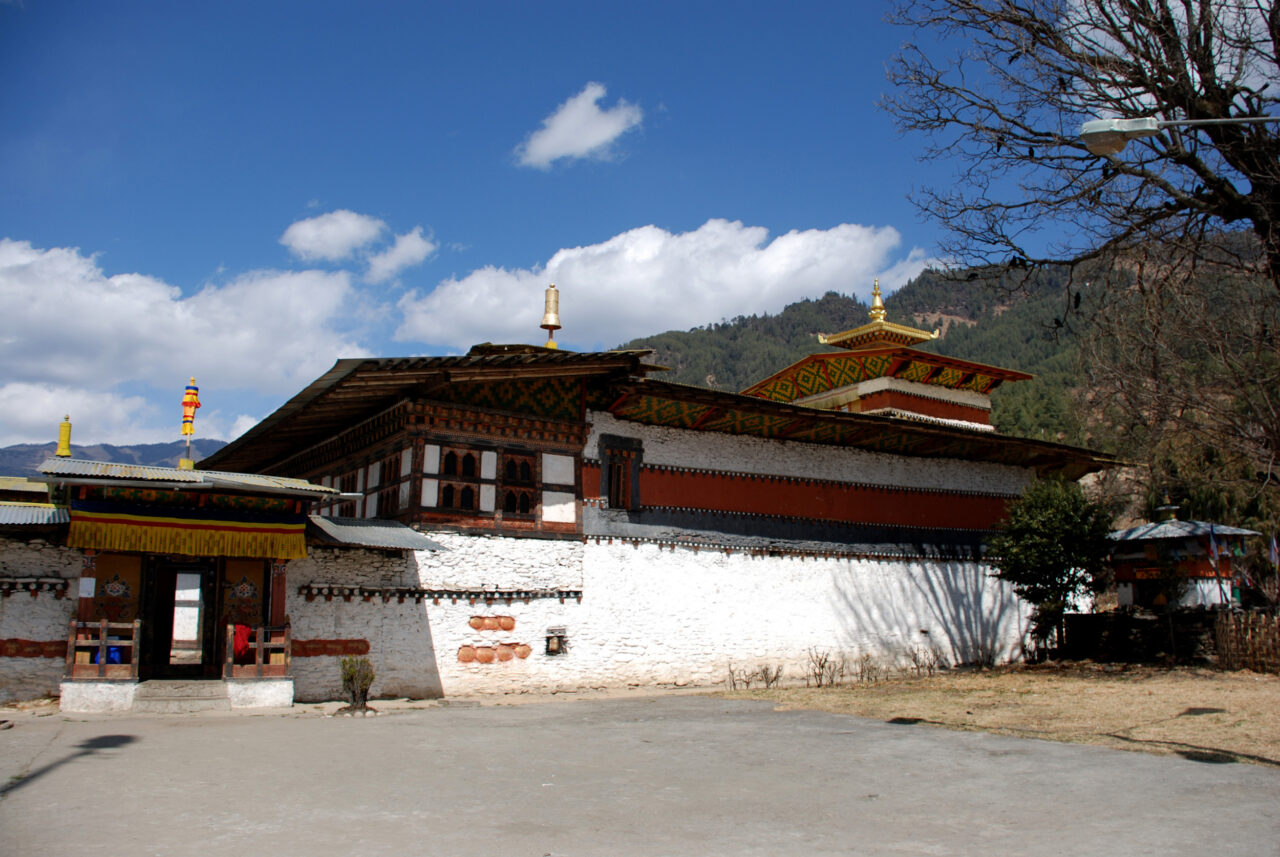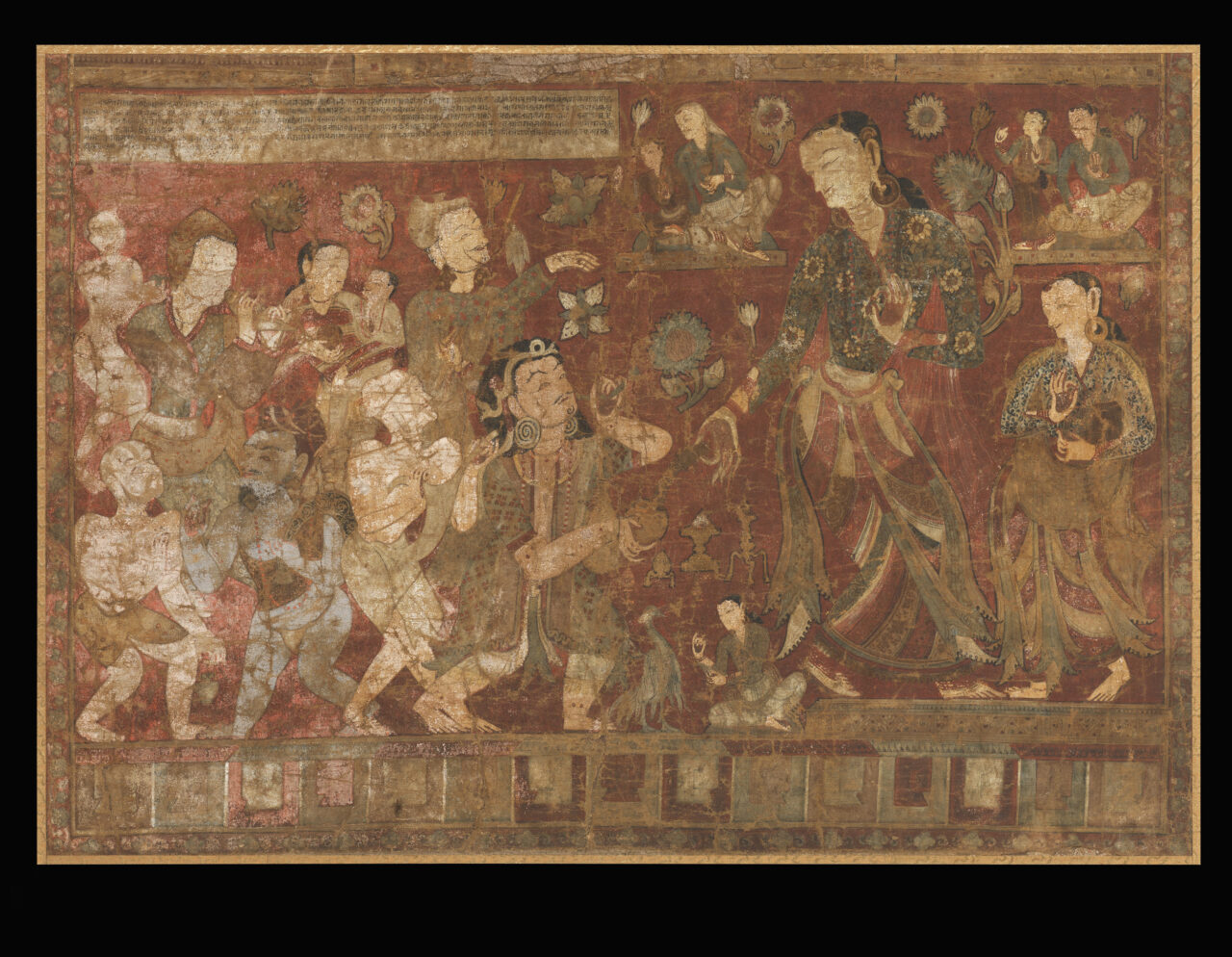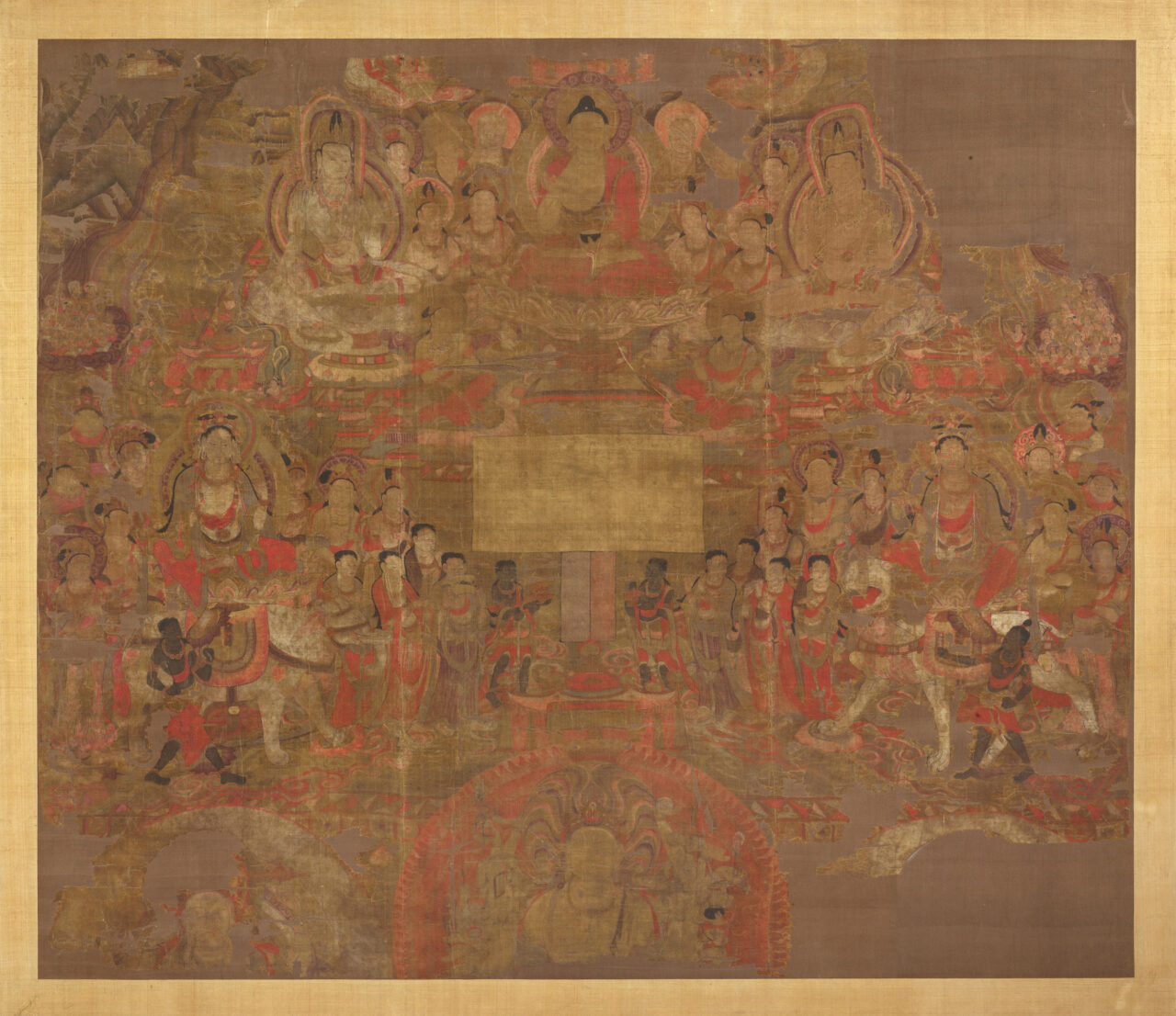Avadana is a genre of narrative Buddhist literature found in the Mahayana sutras, and one category of Buddhist teachings. Together with the jataka stories that narrate the past lives of the historical Buddha Shakyamuni, these stories typically demonstrate the workings of karma, or cause and effect, and how the protagonists’ past actions lead to their present experiences. Most Avadanas center on persons other than the Buddha, but they can relate to the Buddha as well.
Buddha Shakyamuni, or simply “The Buddha,” is an epithet for Siddhartha Gautama, the founder of the Buddhist religion. While the exact dates of Siddhartha’s life are debated, scholars generally place him in the sixth to fifth century BCE. According to early Buddhist narratives, Siddhartha was born a prince of the Shakya clan in what is now northern India and southern Nepal. Choosing to leave his palace and family for a life as a religious ascetic, Siddhartha achieved enlightenment while meditating under the Bodhi Tree. Siddhartha spent the rest of his life as a wandering teacher, gathering disciples to form the early Buddhist monastic community (sangha). Buddha Shakyamuni is revered all over the Buddhist world today.
The Kagyu are a major Later Diffusion tradition of Tibetan Buddhism. The Kagyu trace their lineages back to the Mahasiddhas, the great tantric masters of medieval India. The Kagyu are known for their yogic practices, as well as the teaching of Mahamudra, or the “Great Seal.” The Kagyu tradition includes many different branches, such as the Karma, Drukpa, Drigung, Tselpa, Pakmodru, and others. The most influential leaders of the Karma Kagyu are the Karmapas, a tulku lineage associated with that Kagyu branch. In Bhutan, the Drukpa Kagyu tradition serves as the state religion. A follower of the Kagyu is called a Kagyupa.
A practice of hiring and commissioning artists to create works of art. In religious context patrons were often rulers, religious leaders, as well as ordinary people. (see also donor)
Historically, Tibetan Buddhism refers to those Buddhist traditions that use Tibetan as a ritual language. It is practiced in Tibet, Mongolia, Bhutan, Ladakh, and among certain groups in Nepal, China, and Russia and has an international following. Buddhism was introduced to Tibet in two waves, first when rulers of the Tibetan Empire (seventh to ninth centuries CE), embraced the Buddhist faith as their state religion, and during the second diffusion (late tenth through thirteenth centuries), when monks and translators brought in Buddhist culture from India, Nepal, and Central Asia. As a result, the entire Buddhist canon was translated into Tibetan, and monasteries grew to become centers of intellectual, cultural, and political power. From the end of the twelfth century, Tibetans were exporting their own Buddhist traditions abroad. Tibetan Buddhism integrates Mahayana teachings with the esoteric practices of Vajrayana, and includes those developed in Tibet, such as Dzogchen, as well as indigenous Tibetan religious practices focused on local gods. Historically major traditions of Tibetan Buddhism are Nyingma, Kagyu, Sakya, and Geluk.




